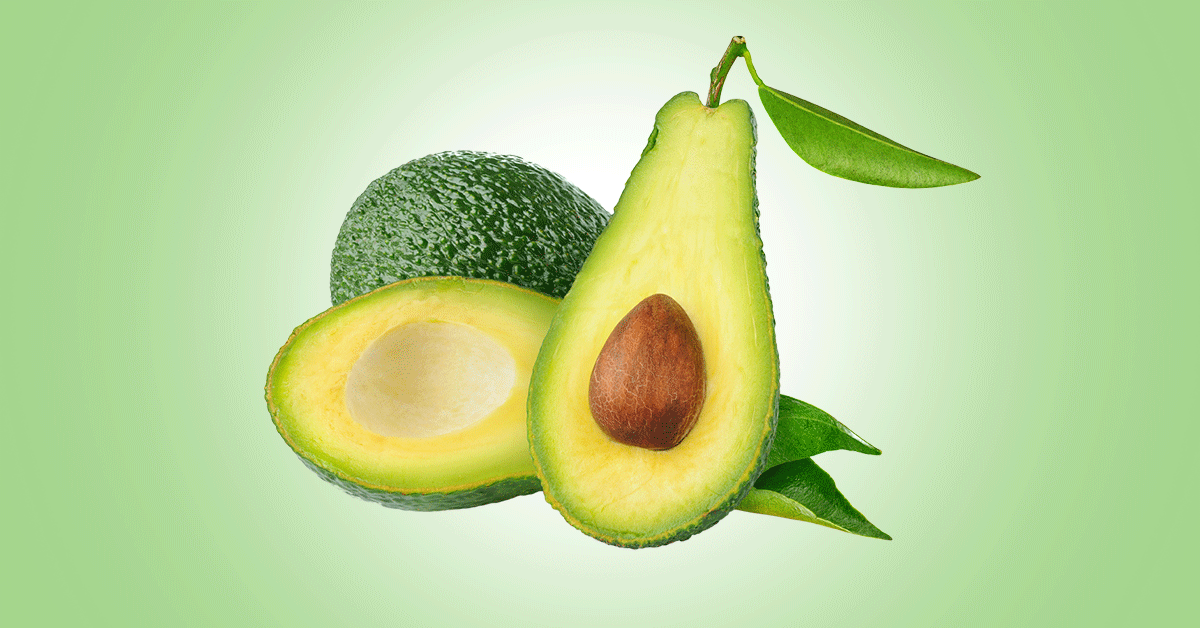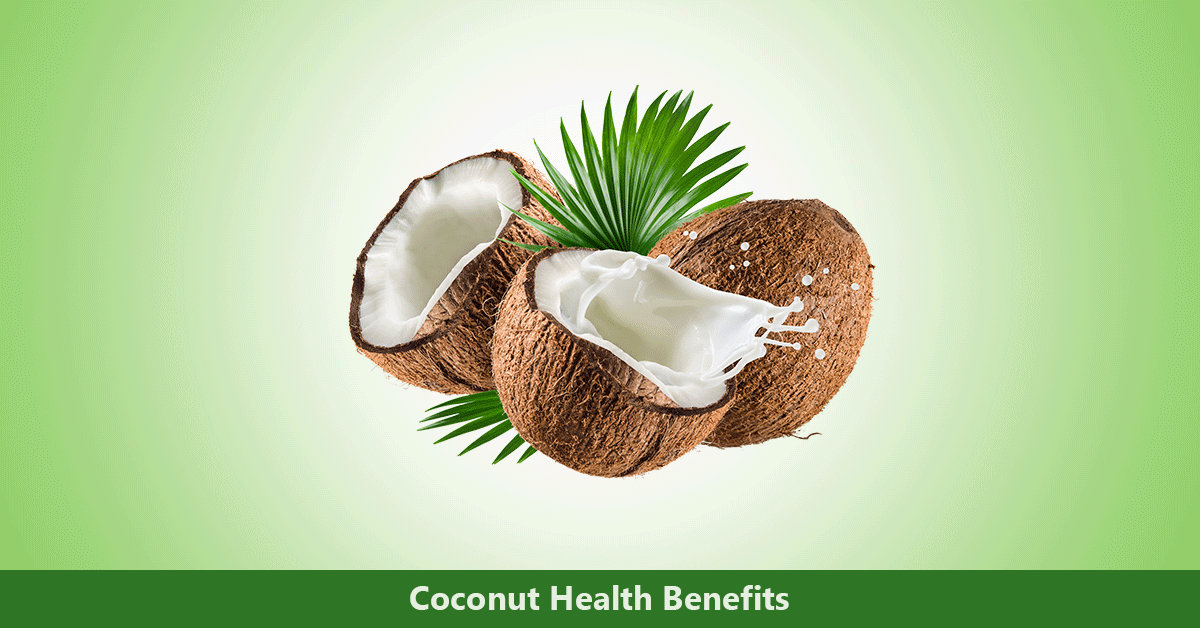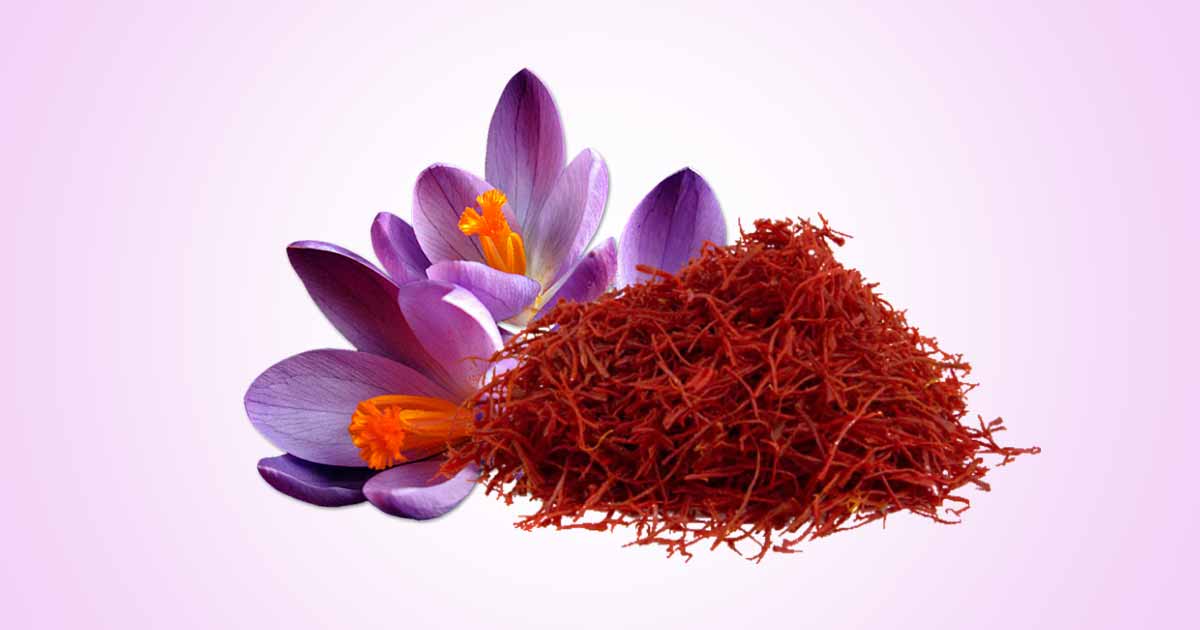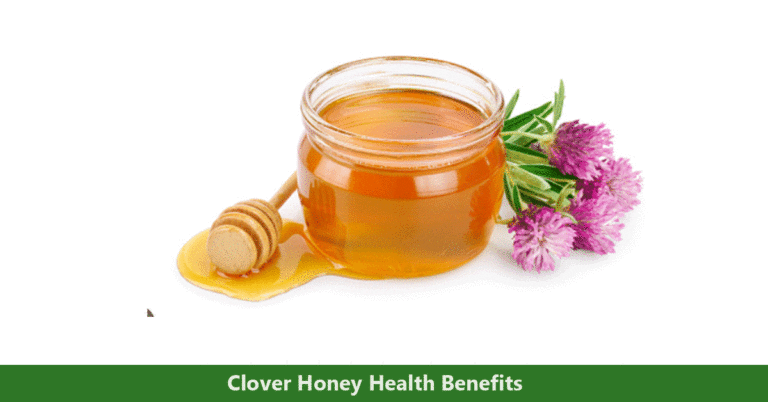Pineapple (Ananas comosus, formerly Bromelia ananas and Bromelia comosa) is an important plant belonging to the Bromeliaceae family. It is a fruit in high demand, just behind bananas and citrus.
The plant is a perennial plant that can grow up to 1.5 m. . It has a terminal inflorescence and a terminal multiple fruit.
Pineapple is a Native American plant indigenous to Southern Brazil and Paraguay, especially Parana-Paraguay River areas. Thailand, Philippines, and Brazil are the main producers, with countries like India, Nigeria, Kenya, Indonesia, Mexico, Costa Rica, making up the list of other major producing countries.
The pineapple fruit is oval to cylindrical-shaped multiple fruit, formed by the partial fusion of numerous fleshy segments from several flowers, in which the hardened sepals form a continuous rind over the outside.
The fruit is mostly yellow that is best eaten when sweet or moderately acidic. The fruit is normally seedless, juicy, yellow to white, and fleshy. The stem is a fibrous core. The rind is tough waxy, dark green, yellow, orange-yellow or reddish when full ripe. The fruit can weight up to 4.5 kg.
The leaves are long-pointed, needle tipped, and bears sharp, up-curved spines on the margins. Some hybrids may not have spines. The leaves may be green or striped with red, yellow, or ivory down in the middle or near the margins.
The stem grows to acquire short leaves called the crown or top at the apex. A plant may occasionally bear two or more heads, instead of one.
The flowers are perfect, with a floral bract, three short fleshy sepals and petals, six stamens, and an inferior ovary with three locules.
Other names of pineapple includes Ananas (German), ananá, piña, piña de América, piña tropical (Spanish), Ananas, Pain ade Sucre (French), Sapparot (Thai), Abacaxi, ananás, abacaxí-do-mato, ananás-selvagem, gravatá (Portuguese), Dua, Thom (Vietnamese), Annaci palam (Tamil), Apangdan (Bantok) (Philippines), Nanas, Nanas Pager (Indonesian), and Huangli (Mandarin).
Species of pineapple include:
- Ananas comosus var. ananassoides (formerly two species: A. ananassoides and A. nanus);
- Ananas comosus var. bracteatus (formerly two species: A. bracteatus and A. fritzmuelleri)
- Ananas comosus var. comosus (formerly A. comosus)
- Ananas comosus var. erectifolius (formerly A. lucidus.(formerly A. erectifolius))
- Ananas comosus var. parguazensis (formerly A. parguazensis)
- Ananas macrodontes (formerly Pseudananas sagenarius)
There are many cultivars of pineapple, but the main commercial type include ‘Smooth Cayenne’, ‘Red Spanish’, ‘Queen’, ‘Giant Kew’, ‘Honey Queen’, and ‘Pernambuco’ (Abacaxi), ‘Motilona’ or ‘Perolera’.
Pineapple can be eaten raw as dessert, in salads, compotes, after peeling the skin. It can also be cooked in pies, pudding, cakes, or as ham, garnishes, sauces, curries, meat dishes. The tender shoots are also taken with salads. Green pineapple is also used to make pickles.
Medical uses of pineapple include induction of menstruation. It is also used to kill worms, and parasitic amoeba. In Africa, the dried powdered root is used to treat edema, crushed rind is used to fracture. The fruit pulp is applied topically to treat corns and calluses on the feet or rough skin on elbows and heels. The toxic flesh of young fruit is ingested to expel intestinal worms in animals.
Composition
Pineapple contain sugars, organic acids, essential minerals, vitamins, and fiber. Fresh fruit contains vitamin A, and flavonoid pigments such as ß -carotene, xanthin, lutein and ß-cryptoxanthin.
Nutritional Composition
A 100g of raw pineapple contains 86 g of water, 0.54 g of proteins, 13.1 g of carbohydrates, 9.85 g of sugars (sucrose, fructose, and glucose), 1.4 g of dietary fiber, 0.12 g of fats, 0.22 g of ash, and 50 kcal of energy.
Minerals: potassium (109 mg), calcium (13 mg), magnesium, phosphorus, sodium, zinc, manganese, selenium, copper, and iron.
Vitamins: vitamin C (47.8 mg), choline (5.5 mg), niacin (0.5 mg), folate, pantothenic acid, thiamine, riboflavin, Vitamin B-6, betaine, vitamin A, E, K.
Bioactive Compounds
Pineapple carry out Crassulacean acid metabolism, or CAM photosynthesis. The fruit contains bromelain, an enzyme used in pharmaceuticals and as meat-tenderising agent.
Pineapples has proteolytic enzymes like bromelain, especially in ripe pineapple fruit pulp and in the stems
Bromelain has mainly cysteine proteases, with small amounts of proteases that include peroxidase, acid phosphatase, amylase, and cellulose. Cysteine proteases present in pineapple stems include ananain, comosain and stem bromelain, while the cysteine protease in the pineapple fruit is called the fruit bromelain.
Pineapple contains the pigment, beta-carotene, which gives the fruit its color.
- Amino acids: Mainly tyrosine, tryptophan, with quantities of asparagine, proline, aspartic acid, serine, glutamic acid, α‐alanine, aminobutyric acid, tyrosine, valine, and isoleucine.
- Organic acids: Mainly citric, malic, quinic acids, but also gallic acid, ferulic acid, sinapic acid, gentisic acid, syringic acid, vanillin, isoferulic acid and o-coumaric acid
- Volatile compounds: They are responsible for the aroma. They include methyl 3-acetoxyhexanoate, methyl 3‐methiopropanoate, methyl 5‐acetoxyhexanoate, methyl hexanoate, ethyl hexanoate, 3‐methylthiopropanoate, and 1‐(E, Z)‐3,5‐undecatriene.
Health Benefits of Pineapple
Pineapple has antioxidant, anti-inflammatory, antimicrobial effects and also improves the nervous system and bowel movement
Antioxidants:
Some compounds such as ascorbic acid, flavonoids such as ß -carotene, xanthin, lutein and ß-cryptoxanthin, and carotenoid compounds are powerful antioxidants. They eliminate free radicals, that cause cardiovascular diseases, cancer, and degenerative diseases.
Rich in vitamins:
Pineapple contains vitamin A which prevents lung and oral cavity cancers, and protects the integrity of mucosa and skin. A ripe pineapple can supply 16.2% of daily requirement of vitamin C. vitamin C prevents cancer, helps absorption of iron, and formation of collagen in bones, blood vessels, cartilage, and muscle. It also boosts immunity and prevent colds, flu.
It is also rich in the B complex vitamins such as vitamin B1, vitamin B6, copper and dietary fiber.
Rich mineral content:
Pineapple has potassium, which can help to lower the blood pressure. There is also manganese, a trace mineral needed for the body to build bone and connective tissues, and to boost fertility and sperm quality.
Helps in digestion:
The sulfur-containing proteolytic (protein digesting) enzymes (bromelain) in pineapple helps to promote digestion. Since pineapple also has rich dietary fiber, it promotes bowel movement, by adding bulk to the stool, and prevent constipation.
Cardiovascular effect:
Bromelain increases heart efficiency, improve the flow through the arteries, increases angiogenesis, and decrease arterial dissections. It also increases uptake of oxygen, nutrients, and blood vessel permeability. Hence, it can be of help to prevent hypertension, and cardiovascular diseases.
The anti-coagulant effect is beneficial in angina pectoris, transient cardiomyopathy attacks, and acute thrombophlebitis.
Antimicrobial activity:
Nanoparticles obtained from A. comosus extract and pineapple leaf extract has antimicrobial properties. It inhibits bacteria such Klebsiella pneumoniae, Pseudomonas aeruginosa, Bacillus subtillis, and Xanthomonas axonopodis pv. Malvacearum.
As an antifungal compound, bromelain inhibits Candida albicans, and Pityriasis lichenoides, which cause the skin disease, Pityriasis lichenoides chronica.
Anticoagulant property:
Bromelain may have anticoagulant effect, and prevent blood clotting, thrombus formation and platelet aggregation. It exhibits a fibrinolytic activity by enhancing the conversion of plasminogen to plasmin, resulting in increased fibrinolysis due to fibrin degradation. It inhibits fibrin formation by decreasing clot formation process intermediates (factor X and prothrombin) and accelerating fibrogenesis.
Treatment of respiratory tract infections:
Bromelain is a proteolytic and mucolytic agent used to treat bronchitis, sinusitis, sore throat, mucus shrinkage, allowing the mucus to drain and relieve facial pressure and headache in sinusitis. It helps to dissolve bronchial secretion.
Hypolipidemic/antiobesity activity:
Pineapple juice has low calories, no cholesterol, and high fat binding capacity (used to detect anti-obesity property in food). Bromelain also helps in lipolysis, while dietary fiber, decreases cholesterol uptake.
Pineapple extract also increase HDL level, decrease the LDL, body serum lipid, weight gain and hepatic lipid accumulation.
Treat burns:
Bromelain is a debridement agent used in the treatment of burns and tissue regeneration. Also, chitosan nanofibers with 2% bromelain are effective in healing burns, resulting in the wound healing and is an effective natural topical treatment for burn healing.
Anti-diabetic effect:.
The fruit is rich in dietary fiber lowers the blood pressure, lipids and improve the insulin levels. A. comosus ethanolic extracts of leaves inhibit the development of insulin resistance in HepG2 cells. It may improve insulin sensitivity in type 2 diabetes.
Treat nausea and vomiting:
Pineapple juice is used to manage morning sickness, motion sickness, nausea, and vomiting.
Anti-inflammatory effect:
Bromelain has well researched anti-inflammatory and analgesic properties. Bromelain stimulates phagocytic activity, increases the production of the stimulating factor IL-2, IL-6 granulocyte-macrophage-colony and decreases the activation of the T cell.
Hence, it can be used to treat chronic inflammatory, malignant, and autoimmune disorders trauma, asthma, and hypersensitivity disorders
Arthritis treatment:
Bromelain has a strong effect on pain mediators such as bradykinin, which enhances smooth muscle contraction and blood vessel dilation, producing an analgesic effect. It decreases pain and stiffness.
It could also be used with turmeric in osteoarthritis and rheumatoid arthritis, as an alternative to nonsteroidal anti-inflammatory drugs.
Treatment of inflammatory bowel diseases:
Bromelain reduce mucosal cytokine secretion in inflammatory bowel disease (IBD). It reduces the number of pro-inflammatory molecules such as INF-g INF-γ and colony-stimulating factor. Proteolytic action of bromelain eradicate cell surface receptors that are implicated in leukocyte defects and activation. It is useful in managing persistent colitis, and colonic inflammation.
Anticancer activity:
Bromelain in the A. comosus pulp and peel may inhibit cancer by stimulating the body’s defense mechanism against cancer through increasing the cytotoxic activity of monocytes and macrophages. It may prevent leukemia and pulmonary metastasis.
Bromelain selectively induces apoptosis in cancer cells, inhibit cancers in mouse tumor cell lines, mammary carcinoma cells. It shows antitumor activities against P-388 leukemia, sarcoma (S-37), Ehrlich ascetic tumor, Lewis lung cancer, and mammalian adenocarcinoma ADC-755.
Hepatoprotective effect:
Bromelain decreases apoptosis and endothelial cell damage in hepatic ischemia, and also protect against muscle tissue hepatic encephalopathy injury.
Effect on asthma:
Bromelain affect the population of CD4+ and CD8+T lymphocytes, it can amplify the development of allergic airway disease (AAD), and affect the treatment of asthma and hyperactivity disorders
To elicit uterine contraction:
Bromelain is used to elicit uterine contraction and shorten labor. However, there are no research on the effectiveness. Some animal studies suggest it inhibit cervical prostaglandin, rather than increase it.
Some studies suggest the labor effect of bromelain to gastrointestinal stimulation by fiber and sugar, affecting the local neural pathways.
Abortificient effect:
Pineapple leaf extracts contain ergosterol peroxide, β-sitosterol, 5-stigmastene-3p-7a-diol, 5-stigmastene-3p-7p-diol, 7-Oxo-5-stigmastene-3p-ol, 5α-Stigmastane-3 β, 5, 6 β-triol, which showed abortifacient activity in rats. Ergosterol peroxide showed the maximum abortifacient effect.
However, pineapple fruit is completely safe and there is no scientific evidence to suggest that it cause miscarriage or induce labor.
Antihelminthic activity:
Bromelain inhibits gastrointestinal nematodes such as Trichuris muris, Trichoderma viride, and Heligmosomoides polygyrus.
Effect on Fertility:
Pineapple stimuate sex hormone, semen production as well as sperm motility (Siddiq et al., 2012). The pineapple leaves, pulp, or husk significantly improved the serum concentrations of (testosterone; FSH), total antioxidant, CAT and significantly decreased MDA. It also improved liver functions and lipid profile.
Dosage
Two slices of pineapple contains approximately 100 mg of vitamin C. The dosage of bromelain is 40 mg three to four times a day.
Pineapple products are available as tablets, capsules, and liquids dosage forms.
Bioactive Compounds
Drug interaction
Due to Bromelain content, pineapple may potentiate the activity of amoxicillin and tetracycline due to increase in the volume of distribution. Bromelain is only available in fresh juice and fruit, as canning destroys it.
Pineapple may interact with antibiotics, anticoagulants, blood thinners, anticonvulsants, barbiturates, benzodiazepines, insomnia drugs and tricyclic antidepressants.
Side Effects
Pineapple is not known to be allergic, but it can be toxic to workers who cut it. When unripe, it is inedible and poisonous. It can irritate the throat, and result to sensation on lips and mouth. It is also a drastic purgative, and can cause vomiting.
Bromelain can cause side effects like vomiting, diarrhea, nausea, skin rash, excess menstrual flow.
Ingesting large quantities of the raw fruit can cause swelling in the mouth and cheeks, burning sensation of the lips and mouth. It can inflame the mouth, cheek, tongue, and lips. Excessive consumption of the pineapple cores could cause the formation of fiber balls (benzoars) in the digestive tract.
Other allergies include oral allergy syndrome and effect on the oral cavity and the lips. Itching, rash, vomiting, diarrhea, asthma, rhinitis and bronchial obstruction may occur. The fruit also contain ethyl acrylate, which may cause skin sensitization in people.
There is also cross-reaction with honeybee venom, olive tree pollen, celery, cypress pollen, bromelain, and papain.
References
- https://www.cabi.org/animalscience/mobile/ebook/20183356182
- https://www.itfnet.org/v1/2016/05/pineapple-name-taxonomy-botany/
- https://fdc.nal.usda.gov/fdc-app.html#/food-details/169124/nutrients
- https://www.drugs.com/npc/pineapple.html
- https://bangladeshbiosafety.org/wp-content/uploads/2017/06/Biology_of_Pineapple_Au.pdf
- https://www.sciencedirect.com/topics/pharmacology-toxicology-and-pharmaceutical-science/pineapple
- https://www.researchgate.net/publication/351450967_Pineapple_Ananas_comosus_L_Merr
- https://www.researchgate.net/publication/306017037_Benefits_and_uses_of_pineapple
- https://ejas.journals.ekb.eg/article_195270_777d41d1c9785e555959e05566c554df.pdf
- https://www.ncbi.nlm.nih.gov/pmc/articles/PMC8534447/
- https://www.phcogrev.com/sites/default/files/PharmacognRev-15-29-57.pdf
- https://www.ncbi.nlm.nih.gov/pmc/articles/PMC6170270/












